The Hindenburg disaster, which claimed 36 lives, went down in aviation history as one of the most tragic ones. Before her tragic collapse signaled the end of an era, the Hindenburg, a wonder of engineering and luxury, was the ultimate example of airship travel in the early 20th century.
When the German airship LZ 129 Hindenburg tried to land at the Naval Air Station in Lakehurst, New Jersey, on May 6, 1937, it caught fire.
This terrible incident transformed the history of aviation travel forever in addition to bringing an end to the airship era.
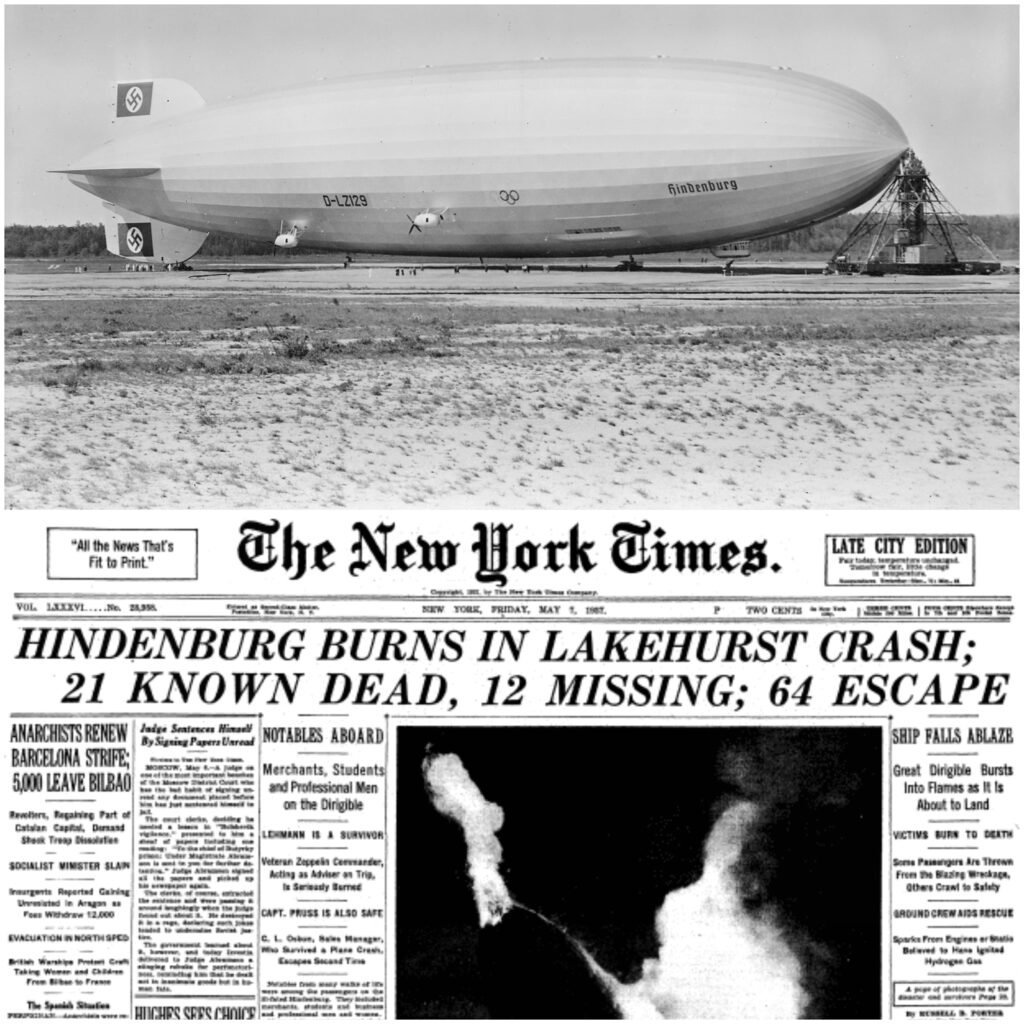
The Hindenburg Disaster
The Rise of the Airship – A New Age of Travel
Before the invention of airplanes, the Hindenburg and other airships were the highest points of long-distance travel, providing the fastest speed and comfort.
Airships were considered the height of luxury travel at the beginning of the 20th century.
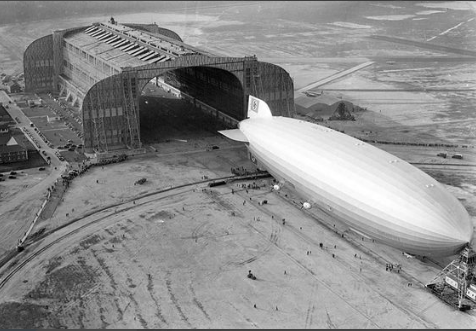
They provided a luxurious and amazing journey with amenities on par with the best ocean liners.
The largest airship ever constructed, the Hindenburg was a huge Zeppelin that measured over 800 feet in length and was a monument to German engineering excellence.

Airships have come to represent pride in one’s country, especially in Germany where Zeppelin technology was quite advanced.
With its ability to transport people over the Atlantic Ocean in a matter of days a stunning achievement at the time the Hindenburg was built to be the highest form of airship travel.
The Hindenburg’s Final Voyage – A Fateful Journey
On May 3, 1937, the Hindenburg departed on its last journey, bearing the weight of air travel’s future and 97 passengers. The airship set out on a transatlantic voyage to Lakehurst, New Jersey, from Frankfurt, Germany.
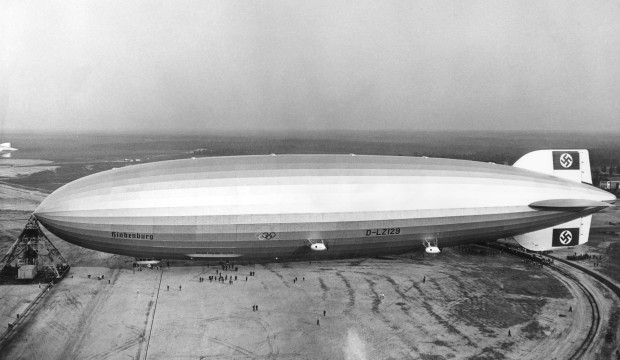
Rich tourists, journalists, and the airship crew made up the passengers, all keen to finish the voyage in what was viewed as the pinnacle of style and technology.
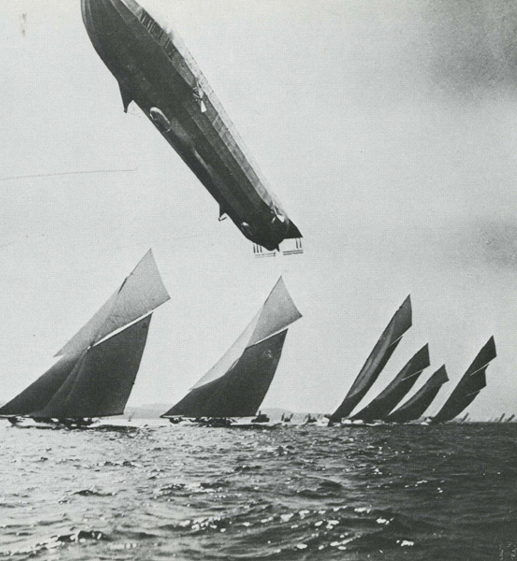
The Hindenburg crossed the Atlantic quickly and the voyage was largely uneventful.
On May 6, bad weather caused the airship to experience several delays as it got closer to its destination.
As their voyage came to a close, the passengers and crew maintained their faith despite this.
The Tragedy Unfolds – Moments before Disaster
Excitement turned to terror when flames consumed the massive airship, the Hindenburg, as it neared its landing in New Jersey.
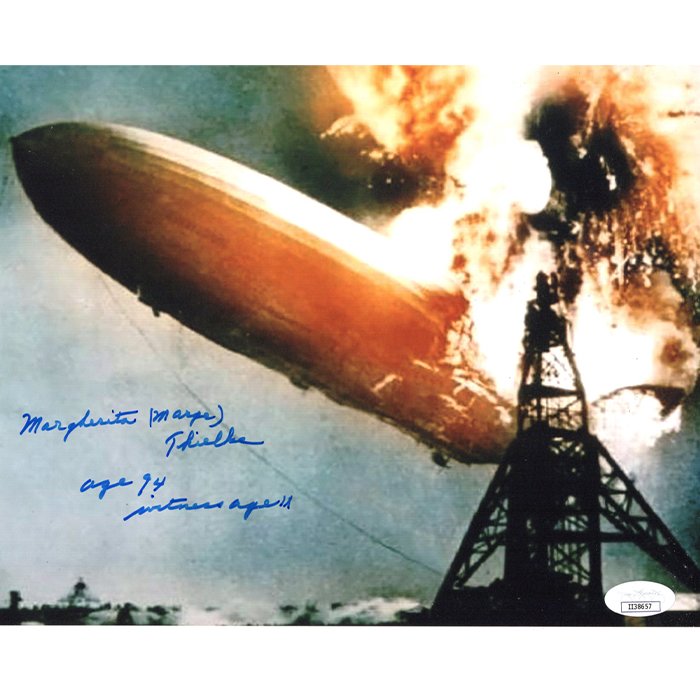
During the Hindenburg’s final fall at about 7:25 PM, witnesses on the ground noticed a sudden rise of flames near the airship’s tail. The fire quickly spread inside the airship in a couple of seconds, destroying it completely.
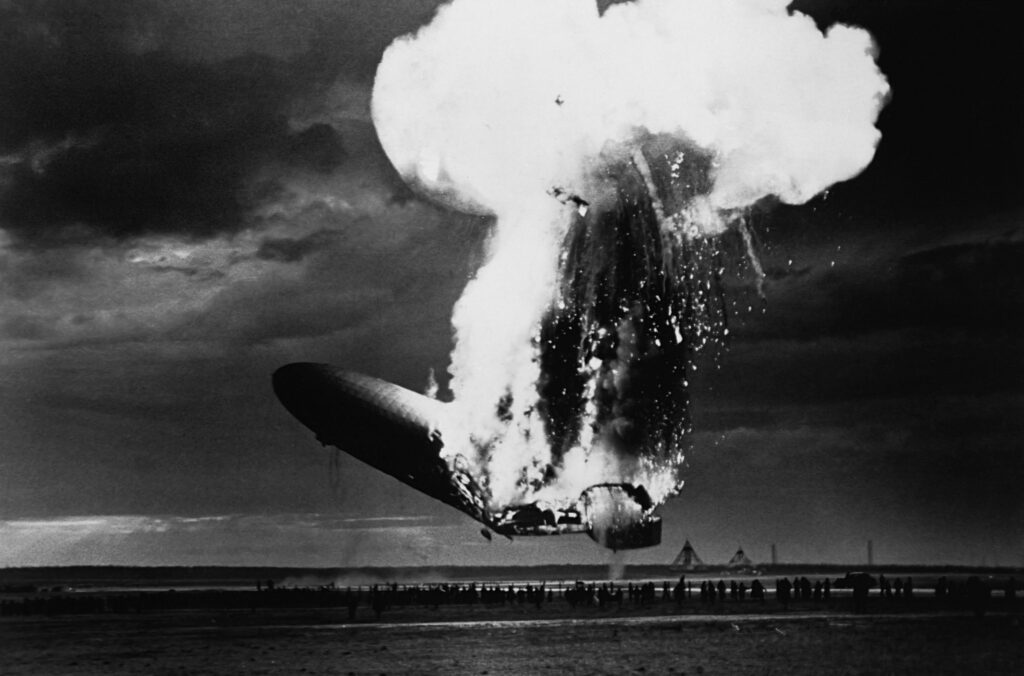
Photographs and film caught the scenes of chaos and destruction, making a lasting impression on history.
In less than a minute, the once-mighty Hindenburg a symbol of modernity and progress was reduced to a smoking death.
Investigating the Causes – What Went Wrong?
The Hindenburg disaster inquiry revealed a complicated network of possible causes, all of which had a role in the terrible result.
Even now, there is disagreement about the fire’s exact source. Yet some explanations have been put forth, each of which offers a potential justification for the catastrophe.
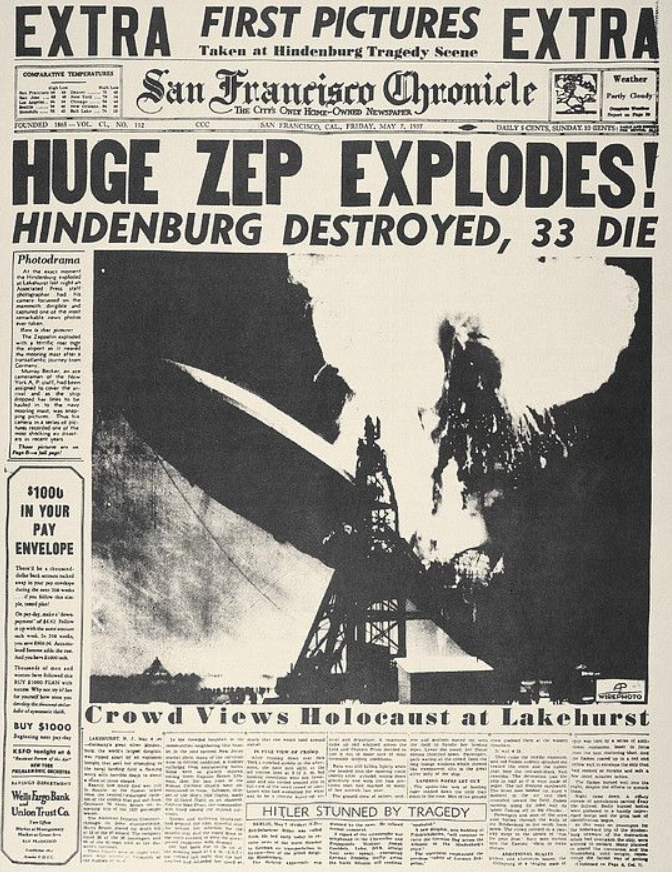
Static electricity sparked the hydrogen-filled cells of the Hindenburg, providing the airship with lift, according to one of the most frequently accepted explanations.
A burning substance was woven into the fabric of the airship’s outside cover, which might have made the fire worse once it started going.

According to a different scenario, there may have been a hydrogen leak close to the airship's tail, which produced a highly flammable mixture that caught fire when it came into contact with an electrical spark.
Also, there were rumors of sabotage, but no concrete proof of this was ever discovered.
It was challenging to identify a single element that caused the tragedy due to the complex nature of the catastrophe and its many possible causes.
The Aftermath – A Turning Point in Aviation History
In more than just bringing an end to the airship era, the flaming disaster of the Hindenburg also sparked an entirely new path for aviation’s future.
The public’s faith in airship travel was completely destroyed in immediately after the tragedy.
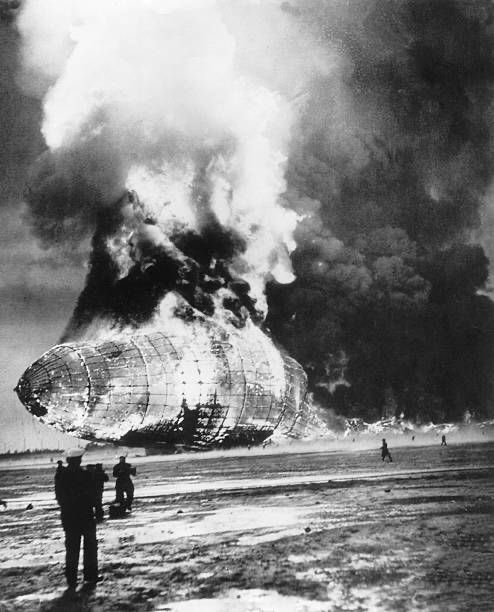
Dramatic newsreel video and haunting photos of the Hindenburg’s catastrophic death turned the incident into an iconic picture that marked the end of an era.
Airship passenger travel quickly declined as an outcome of the accident. The quicker and more reliable airplanes had already begun to create a risk to airships.
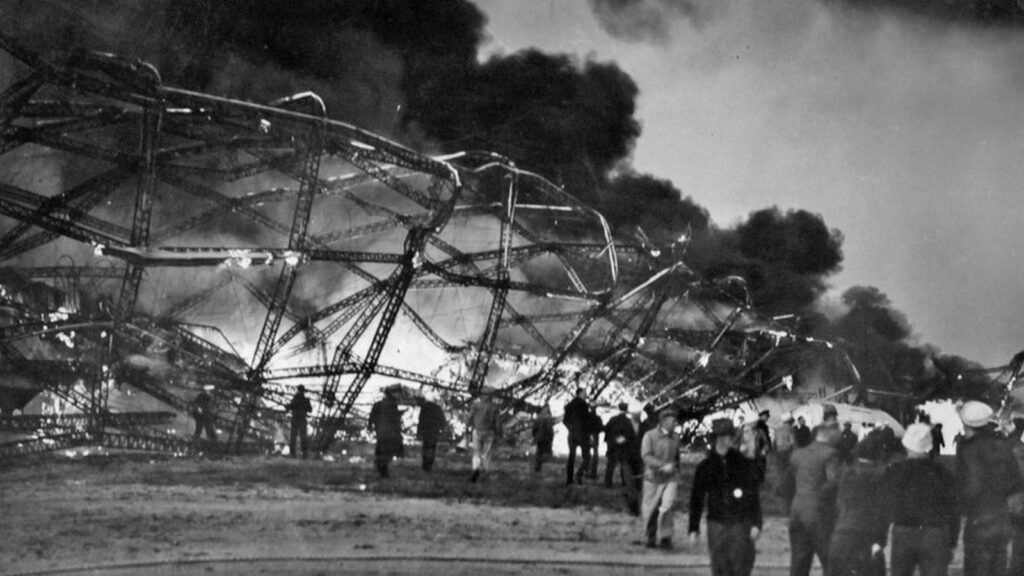
The airlines took over long-distance travel after the Hindenburg accident, which sped up this change and provided rise to the modern commercial aviation sector.
Remembering the Hindenburg – Legacy and Lessons
Even after many years have passed, the Hindenburg tragedy acts as an unsettling reminder of the dangers of innovation and the value of aviation safety.

Many mediums have been used to mark the occasion, including novels, documentaries, and museum exhibitions.
It functions as a case study on the relevance of risk management, engineering safety, and unexpected outcomes of modern technology.

The aviation industry has continued to be impacted by the lessons learned from the Hindenburg accident.
The highly explosive gas hydrogen was soon dropped as a lifting ingredient in favor of helium and other safer gases.
The incident also made clear how important strict safety regulations and inspections are, as they are now necessary for modern aircraft operations.
The End of an Era
A tragic chapter in aviation history, the Hindenburg disaster marked the end of the airship era and permanently changed the pattern of air travel.
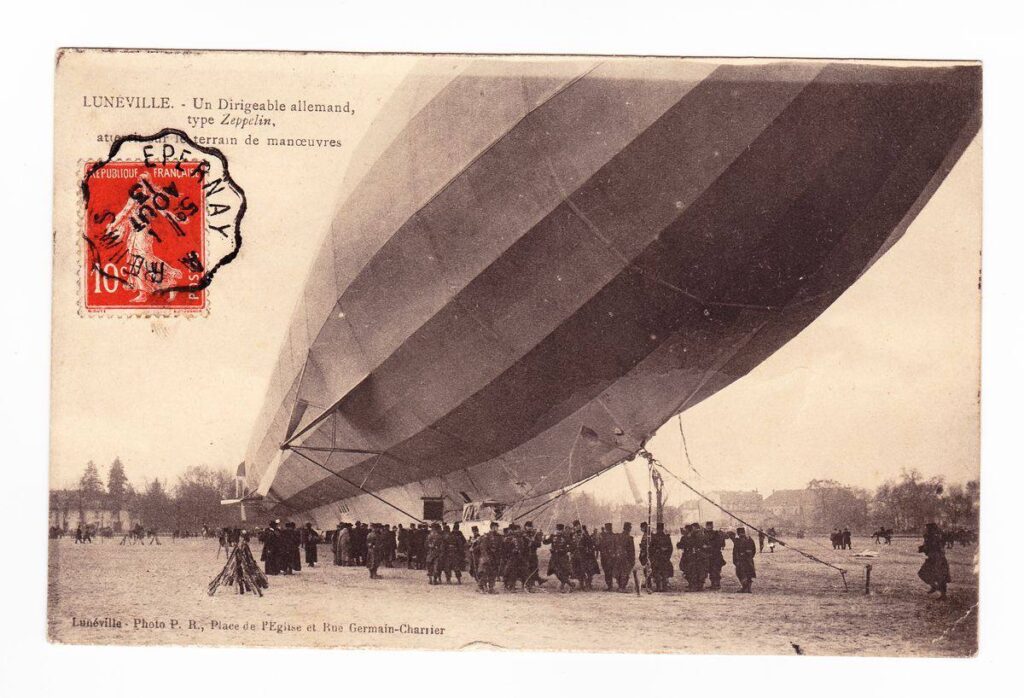
Airships may be a thing of the past, but their legacy remains a constant reminder of the unstable equilibrium that must be struck between innovation and safety.
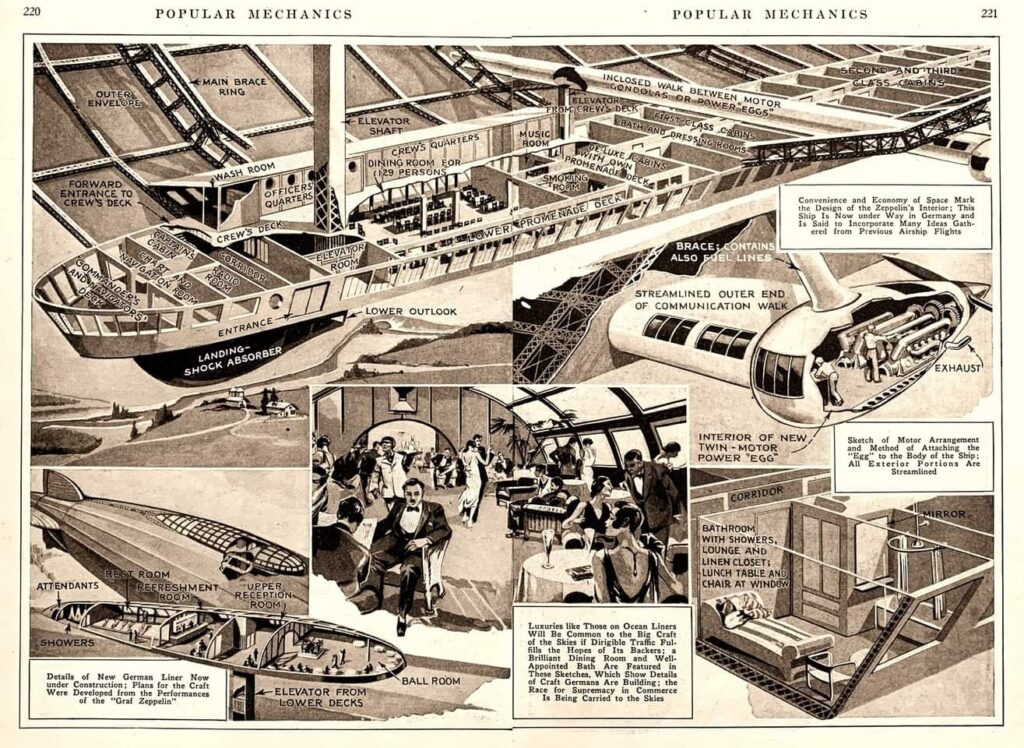
The accident’s effects on the aviation sector ensured that the Hindenburg’s legacy would live on in the skies above, opening the door for the safer, quicker, and more reliable air travel alternatives available to us today.

“You won’t believe what happened in these shocking Hindenburg disaster videos—watch now!”
Reveals
Who was flying the Hindenburg when it crashed?
On May 6, 1937, the Hindenburg fell when Captain Max Pruss was flying it. On its last journey, Captain Pruss operated as the airship’s commanding officer.
How many flights did the Hindenburg make before it exploded?
Before its tragic final flight, the Hindenburg had made 62 successful flights.
Was the Hindenburg bigger than the Titanic?
With a volume of roughly 200,000 cubic meters as opposed to the Titanic’s gross tonnage of 46,328 tons, the Hindenburg was larger. The Titanic was longer than the Hindenburg, measuring 269 meters as opposed to 245 meters.
“Discover jaw-dropping details and hidden secrets of the Hindenburg disaster in these must-see documentaries!”
Read Also: Curious about another pivotal moment in history? Check out our detailed article on the Pearl Harbor Attack for more gripping historical insights!
